Sometimes I get very detailed posts and questions that more or less requires its own category. I don’t want to leave any questions unanswered, so anything you see with a “fireside chat” will fall in this category.
“I like this approach. It gives the reader a chance to figure things out by themselves, it’s been fun trying to do that here. Though I’m still eager to see some of your more developed storylines. Getting to know the worldbuilding through the actual story trumps reading about it “encyclopedia style” in my book.”
Part of the fun in writing Pacific is that the stories tend to tell themselves. I would say that from my perspective, I find it far more engaging and interesting to construct an alternative reality through fiction and allow the stories themselves to unfold. Let’s just say it’s what my professor taught me in college, and I think it’s not for everyone, but I find it enjoyable.
“I think it’s understandable why they’d default to these lines of thinking. I don’t really know enough about the culture to make much useful commentary but by reading your posts, my impression is that it has something do with national identity. The war, which Japan has staked much of its existence on has been lost. The role it had wanted in the world order is now completely out of reach and it now seeks to redefine itself in the post-war years.”
Pacific’s world remain completely unchanged in comparison to ours up to 1950. In that sense, it is important to note that Japanese national identity has never really been lost. Scholars do disagree, but I am of the opinion that the cultural infrastructure that lead to Imperial Japan was never dismantled like we did to Germany. I’ve made comment elsewhere and frequently that I think Japan is not anti-war but anti-defeat, and that plays a great part into that. I think (based on my own observations) that Japan has steadily reconstructed its own cultural and national identity as a nation of victims. Certainly when compared to countries such as Germany the role of their own aggression is mostly minimized (and of course, causing great consternation in its immediate neighbors China and Korea) and the “flaws” in allied actions are magnified.
Pacific’s Japan is written largely by Sune under my guidance, and as a self-professed Japanese nationalist (or ultranationalist), the Japanese government in the beginning of Pacific’s timeline is very nationalist, reasonably capable, yet fractured internally like the Japanese Warring States. Power is still concentrated in a handful of military commanders who act as the backdrop to the Diet and the Japanese Congress, and their control of major Japanese corporations (the zaibatsu (large corporations) is alive and well – just in a different form) as well as provinces mean that they might as well be modern day daimyo.
I touch on this a little bit in Action Report #2. Japan redesigned its constitution by stating that no general can command more than a fragment of Japan’s military forces to prevent a military government from appearing. However, ignoring actual rule-breaking, leaders quickly found ways to exploit loopholes in this rationale, and we see a sort of “pledging” of political support just like what we saw in medieval Japan. While the Japanese leadership bicker (like most other countries), there is something that can unite their efforts. Naturally, that threat had to come from the outside, and it isn’t the Abyssals.
So, no. Japan has not lost its national identity at all. In fact, it is well aware of what its national identity and its role is. Japan’s ultimate goal of becoming the hegemon of Asia has not changed – what has, however, is a stunningly revanchist mindset and the extent of which Japan is willing to wait for an opportunity that arrives. Again, this is hinted at through various places across all of Pacific. Japan has not become less prosperous in the timeline of Pacific. Rather, in this timeline, it traded its technological and humanitarian innovations away for industry and national might. Shipgirls play a role in that as well.
However, as Sune often points out, history has a tendency to repeat itself. Japan currently in “modern” Pacific time is restrained and diminished. The Hyuuga Incident that was pre-emptively triggered by overzealous officers resulted in Japan forced to play a hand that was neither ready nor capable. Japan will have to rethink this – and in all honesty, the coming Abyssal War will be a wake-up call.
“The instinct to link shipgirls to elements of Japanese mythology, to me, seems like a natural consequence of that. If we have to reject the present, then perhaps we should make an effort to draw on the past, or some romanticized version of it, and to have such apparently obvious proof of the realness of that past appear would be too tempting to pass up and even more difficult to give up. At least that’s what I think. Though again, this isn’t really something I’m very knowledgable on and I admit I could be seriously misunderstanding something about Japan in general and Pacific’s Japan specifically. My apologies if I did.”
There’s an important detail that I’d like to point out. For some strange reason, Japan has had far more “paper” shipgirls appear than any other country in Pacific. Let me give you a bit of a perspective and you’ll see what I mean.
“You… you aren’t a shipgirl. You aren’t even Japanese! Whatever you are, you’re an imposter! That’s got to be it. Maybe you’re even one of them…
“Hiei, that’s really rude -“
“Haruna, how dare you interrupt me! She’s not a Japanese shipgirl. Never will be! You don’t know where her loyalties lie. She shouldn’t even exist!”
“She just helped us out! Geez~ Do you need your head checked or something-des?”
“Japanese shipgirls are KAMI. They are REAL like the rivers or mountains or forests of Japan. That’s how it’s always been. I know I exist. I know you exist. If I exist then she can’t exist. Gah! How dense can you all get?”
“That aside, there’s also another element to it that I’m slightly more confident on. Part of the reason why the these ideas are so popular in Pacific’s Japan might have to do with just how weird the idea of shipgirls is. The notion of Kami is a way for the Japanese to try to ground it to something familiar. I mean, you could sum up the basic premise as: “WWII warships being brought back as attractive young women to fight an underwater menace” Even if shipgirls were real, I’m certain that more than a few people would look at that and respond with many raised eyebrows and general disbelief.”
Bear in mind that the general populace has no idea that shipgirls even exist, and the impact of this particular theory – which, might I add, is a good one – is considerably less than what it deserves to be.
Sune has dug out some very interesting beliefs that the Japanese held during WW2, and a lot of it went into the inspiration of Pacific’s Japan. Part of it is that a lot more officers are actually willing to believe in things such as the literal divinity of the Emperor. People of that time does (and some still do) take belief very seriously.
I said in my previous post that there is a new school of thought that contend that shipgirls are kami. Let me explain a little about why this is a new development, and one that has potentially far-reaching consequences for matters of faith in Pacific.
In other words, the basic premise is actually closer to “superpowered things appearing like young women claiming to be connected to our great country’s past who appears to be closely connected to our great country’s navy.” You’re right that it’s a bit strange and it’s hard to explain, but think about this for a bit.
“They’re kami!”
“No they aren’t!”
“Well do you have a better explanation?”
*Theological arguing intensifies*
The issue with kami is that kami, within the very definition of shintoism, are of nature and possess a duality of good and evil. They may look or act human, but to flatly side with humanity as the shipgirls claim is a very un-kami like thing to do.
(There are obviously people that doesn’t trust shipgirls, of course – but the shipgirls appear to be largely docile and willing to follow orders, so there’s that. Kami are by nature capricious and whismical and it’s difficult to put on an obedient act for long…)
The fact that everyone can see them also makes the claims to kami-hood a bit shaky, since by nature kami are of a divine nature that cannot be perceived.
Thus, to claim that the shipgirls are kami is analogous to changing tradition that’s been around for thousands of years, and rightfully (or wrongly) this is going to cause disagreements in the religious community. The “hardliners,” however, see this as a matter of political control. To them, like much else, religion and religious definitions are a means to an end – their end.
“Even if you take the shipgirls existence at face value, a bunch of other questions pop up. Like, why WWII warships? What is it about this period of history makes these warships uniquely qualified to appear in this form? Most people likely wouldn’t have a clue where to go for answers, afterall not even the shipgirls themselves are really sure.”
This one I’ll save for another update. Specifically, probably one of the books coming down the line. I’ll say that some of the shipgirls are unsure, but there are a few that has stumbled on their creator (well, me, but let’s just say some kind of vague “God” being) has intended. Actually, I think I might have spoilered this one already in vol. 2 with one of the characters.
“Mythology seems like a possible go to for ideas but it isn’t the only one. Science fiction should be fairly well developed as a genre by now and could be another source of inspiration, like it has been for UFO enthusiasts. Both are not usually the first place you’d go to for answers, but given the sheer strangeness of shipgirls they’d probably seem as good a source as any.”
The thing is that you’re right. These aren’t places one go for answers. Furthermore, the one important hint here is that for what’s worth, within the Pacific universe, even the “paper” shipgirls are grounded in reality in some way. That I would say is a key difference between mythology or science fiction and why things turn up.
“Japan draws on its own myths for inspiration, while STEC and others search elsewhere. Where exactly someone looks will likely have a lot to do with their own beliefs and the culture they grew up in, like Maryland’s view that shipgirls are a result of divine intervention. But in the end everyone is just trying to find answers to a completely unexpected and very strange problem.”
Some would say that what matters is not what the answer is, but the journey. 🙂
To answer this, you have to separate STEC’s perspective from each of the girls. The girls have personal reasons for delving into matters of personal identity. STEC, on the other hand, has both an overarching mission and a vested interest in minimizing potential hazards like existential or identity crises. STEC’s approach can really be summed up with the following.
There may not be one single right answer to every question. Sometimes there are, but not always. There are, however, definitely wrong answers and those are the ones we try to weed out.
“With that in mind, I’m willing to make my own guess. Given what I know so far, I’d speculate that shipgirls are the physical manifestations of memories of their crews along with the collective will and desires that led to their creation in the first place.”
This is partly correct from an out of universe perspective. In-universe, an operational theory is that fairies are physical manifestations of memories associated with particular ships. It certainly explains why some fairies literally possess the exact memories of their real life counterparts.
“They certainly couldn’t be the ship, the literal steel ship, incarnated as a human.”
No, of course not. But, as we show in OCEAN, their equipment has the potential to be “literally steel ship” (albeit of a fairy construct).
“That shouldn’t be possible because a ship isn’t alive in any sense. Steel can’t think, it can’t feel and it certainly has no “will” by itself that’s for sure. “Spiritually” it’s basically nothing. If there’s potential for anything beyond that then it lies with its crew. A ship takes on a “personality” and something that can superficially resemble a “life” when there are people working on it. A fully working ship can have a purpose, it can have a “will”, determined by its crew and orders passed down through the command hierarchy. People can experience the full range of human emotions aboard a ship and become attached to it like they can to their homes. These experiences are often shared among the crew and help to give the ship certain “personalities” that tend to stick with them and become part of their histories.
This is an excellent analysis and STEC would approve greatly. However, there are two critical flaws that makes this a solid B+ in terms of conjecture rather than A. It is true that ships do possess “personalities” and that there is a certain culture that exists from ship to ship. However, you dig deep enough, and you’ll find that almost every single ship share universal traits. They’re all “tough.” They’re all “capable.” They’re all “fighting.” They’re in that sense, all full of heroism that at a fundamental level it becomes difficult to distinguish the actions of individual ships when the entire fleet is capable of heroics.
Furthermore, crews aren’t necessarily always with the same ship. Personnel are reassigned all the time to different ships, and sometimes the navy will intentionally cycle out veteran pilots, for instance, onto other ships or place them in leadership roles elsewhere.
Same with commanding officers. Look deeply at US submarine operation records, for instance, and you’ll find that the subs that have a penchant for aggression tended to have a few very familiar names pop up.
“A shipgirl is an aggregate of these memories, emotions, and experiences born into the world as a human. That would help explain their vivid memories of their battles and the actions of their crew during pivotal moments. But since they exist as full humans they aren’t completely dominated by those memories and experiences in the same way we aren’t totally dominated by our biology. Perhaps some shipgirls might even choose to try to reject those memories in some circumstances.”
There are those within STEC that would support this viewpoint. In particular, those that carefully study fairy behavior would argue that shipgirls are literally bigger and stronger fairies.
“Certain aspects of their personalities, and maybe even their physical bodies, are the results of impressions of the crewmembers. Raleigh the ship was never actually sick after all, because the ship wasn’t alive in the first place. But if her crew remembered her as such and to an extent where it becomes one of the ship’s “personality traits” then it too will have an impact on the shipgirl (I’m not sure if her crew actually thought of her like that, I’m just using it as an example).”
Some day I’ll do a special on Raleigh. As we mentioned in the notes of vol. 1, her “illness” is more of a plot-reason than an actual character design reason. However, I will reveal one detail.
While investigating the logs of the Raleigh, I came across an interesting tidbit where the ship was actually damaged during refit. Specifically, contradictory and conflicting orders on the ship itself resulted in a significant delay in her initial exercises, and that flaw never seemed (by the recollection of the engineer that I read) to have gone away until after the Pearl Harbor attack, where it was patched up along with the rest.
Hmm…
“”Paper” ships, assuming my first guess was wrong, could be something like a mimic of actual shipgirls. They’re other entities that have latched onto faint but still present concepts of “ships that could have been” that exist in whatever parallel plane hosts such things, and are born into the world through the same mechanism that allows shipgirls to pass through. Being different on a basic level could help explain why they might possess unique abilities not seen in shipgirls with historic “ship-selves”.”
![[Mail Call] 2017/02/27 - Morgane's Fireside Chat #1](https://www.stec-hq.com/wp-content/uploads/2020/05/698b1f1fjw1fd67knzxe1j20sn0btn0q.jpg)
STEC Archives, Audio Documentation Division
Curator signature: [Classified]
Format: Audio recording, magnetic sound recording
Object: Interview log of [Classified], # [Classified]
Location (if known): Naval Base Avalon
Time (if known): [Classified]
…opinion on being called “imposter?”
I suppose to her understanding, that is what we are. Imposters. To her understanding, we do not originate from steel or iron, nor were we born as weapons of war. Under her narrow definition of what a Japanese shipgirl is, she’s not wrong, but I would not say she is right either.
How do you mean?
“We are like you, yet unlike you at the same time.” That blonde girl said that and I like this explanation very much. We shipgirls are well, human. I mean,it’s kind of hard to say what a human is and what it isn’t but I suppose if you gotta find a definition maybe our powers make us more than human but you know humanity … bleh. I had a thought going. I lost it. Sorry.
I’m sure you can believe us by now when I say we’re very familiar with shipgirls. Tell us about the circumstances of your appearance.
Like the numberless stars that dot the night-time sky, your world is not alone. This you already know. In another time, in another place, humanity grew as well. That world was mine. It was a world where the Great East Asia War never happened. In my world, where I came from, humanity grew. We were on the verge of sailing to the stars when they struck.
Given what you know of your country and what you know of the country “Japan,” would you say that they are largely similar or largely different?
For all intent and purposes, my country is Japan. *laughs* Ugh, any more and we get into philosophy. I hate philosophy.
Why is that?
I’m not overly fond of splitting hairs. *laughs* Anyways, I’m sure I’m not here to discuss my political orientation, right?
Right. So, what happened?
In that world, we had become a mighty power through our own efforts. We built an empire on our own, without the assistance or interference of any foreign power. I’m sure the little ones are having fun with my gear right now – trust me, it’s all Japanese. You’re not going to find one bit of the Brits in there. *laughs*
Indeed. The parameters are quite impressive. The analogue to the equipment in which you carry were never completed in our world.
Yeah. Glasses-pink-hair pointed me to some history books. I think the best way to explain it would be that something like the Cold War happened. Tensions were never high enough to cause open conflict, but everyone was busy building ships and tanks and airplanes. In the deepest of ironies, those stockpiles of arms that all the powers of the world built? Those became our temporary salvation as it delayed the inevitable.
…I’m sorry to hear that.
Don’t be. I would not be here otherwise.
But, yes. We did fall short. There was a battleship – a magnificent one, named Kongou after the great mountain – that was the greatest warship that the country has ever built. The nascent me watched that ship and countless others as they fought to the bitter end.
How long did your people fight?
From the initial invasion to the destruction of the final bastion of humanity, approximately fifteen months. Organized resistance broke down about six or so months in.
And then?
The Abyssals stripped the planet bare of life within a few days and disappeared to where they came from. The silence after was absolutely terrifying.
So, then…
Like that tiny American carrier girl, I saw things, and I dreamed. Then I was offered a chance to be. Then, here I am.
Yes, many of our girls have described a similar experience to what you had said. Is there anything more you could tell me regarding that?
It’s hard to explain. Back then, there was nothing left that we could do, but then is not now, and now is not then. I think maybe the fact that we experienced the whole thing might have something to do with it.
After all, we were there at the beginning when they invaded, and we were there when humanity finally met its end…
You look like you had a thought to finish?
Yeah. I was going to say that perhaps seeing the extinction of humanity gave us the strength necessary to take form and protect it, but then again, Marby just recommended this book to me and I felt kinda bad for comparing real-life to fiction…
*chuckles* Well, at least you’re getting along well with the others.
Of course! Can we break for lunch now? I’m getting a little hungry…
“Why WWII? because it’s recent, many of the people who served on those ships are still alive and the histories of the ships are still clear in recent memory, anything older has less “presence”.”
This is very off. WWI veterans are still definitely alive during Pacific’s “inception” in 1950, and at least one ship-girl (okay, fine, Petr is a mighty ship-man) comes straight from the WW1 era.
Petr is really … no less powerful than most of the top-tier characters. You’re talking to a man who literally suplexes the Abyssals using nothing more than Slav Super-Strength.
(Soviet Union has no “distance” engagement doctrine…)
“Unknown ships from ancient times, for example, are impossible to bring back since they’re now lost to humanity’s memory.”
I’ve seen interesting fan-projects floating around dealing with this idea. Not in Pacific, and not for this reason. Pacific deals squarely with the themes behind WW2. 🙂
“Why warships? Because humans associate the Abyssals with the ocean and so the “call” resonates most strongly with those entities born from humanity’s attempts to “conquer” the ocean.”
A for effort, but the thing is, the Abyssals are NOT of the ocean. The ocean happens to be where they operate really well in. If anything, the Abyssals are really from beyond the stars.
Furthermore, humanity has never conquered the ocean. Traveled, yes. Used and plundered, yes. Conquer is a very powerful term that isn’t that specific.
There is a very pertinent thematic reason behind “shipgirls” and not “planegirls” or “tankgirls” or “gungirls.” You have to think beyond what a warship is, and think about why we still care about things like the Iowa even to today.
“Why do they appear at all? Because there are bigger and more abstract concepts that are imparted in the ship’s creation that can also get wrapped up in the aggregate. They were after all, built to protect their home nations, their crews, and even more abstract things like ideals. It is the purpose they were assigned by humans and that too becomes part of the shipgirl. It is at least part of the reason why they appear to help defend mankind against an otherwise insurmountable threat, it’s part of their nature.”
Again, there would be folks in STEC who would agree to exactly this theory that you’re putting out. Kudos for thinking very deeply about our mutual hobby.
“Ok… That was a lot less coherent than it sounded in my head… Reading through it a few times I can tell that some of it seems pretty far fetched. It’s drawing mostly from several sci-fi and fantasy universes I enjoy (Warhammer’s warp mainly) and a little gut instinct. It assumes that there exists some kind of warp like realm off somewhere beyond our physical senses and that human emotions and memories can affect it.”
Sort of. I do enjoy Warhammer immensely, but come on. I can do better (tighter, more consistent and less prone to retcons) than them. 🙂
I’m well aware of the trope of faith=strength. You know, however, that I tend to shy away from tropes because I feel like it’s too restrictive when it comes to storytelling. For now, think less about emotions and memories, and think about how or why they’re formed.
“It’s basically what I’d probably come up with if you just dropped me, minus my knowledge of KC, into Pacific and asked me to try to explain shipgirls with just what I know at the moment; like how I imagine the researchers at STEC and NKT might have first approached the issue; throw everything at the wall and see how long it sticks. It was also written really late at night and without the benefit of reading through the ARs and Oceans so I’m prepared to be proven very wrong.”
You’re doing a pretty good job, and I think if you worked for one of those organizations they’d be very happy.
As for the identity of the shipgirl in question? You really don’t have to look anymore. Sima’s cleaning her up for Pixiv update at some point, but the picture below should be extremely obvious at this point. 🙂
![[Mail Call] 2017/02/27 - Morgane's Fireside Chat #1](https://www.stec-hq.com/wp-content/uploads/2020/05/698b1f1fjw1fd67m5tygmj20o00cfq5m.jpg)
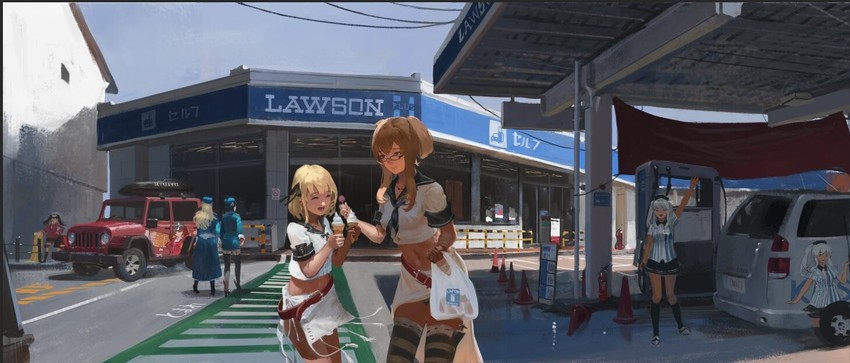
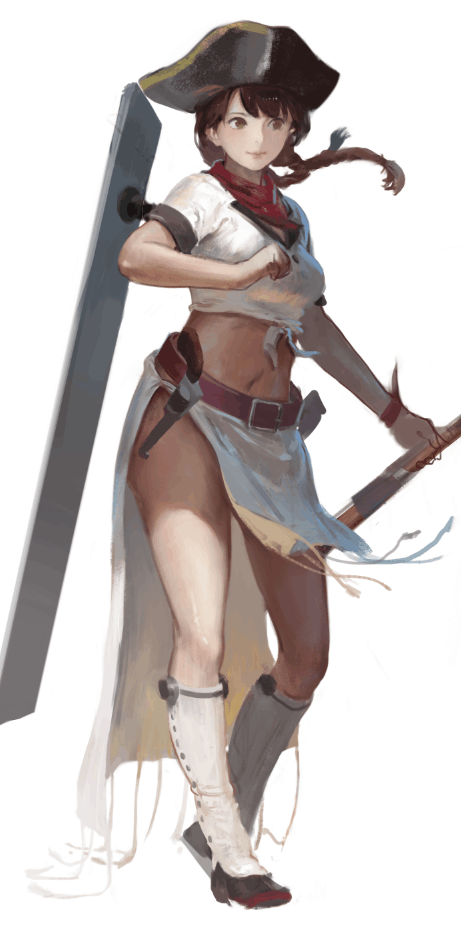
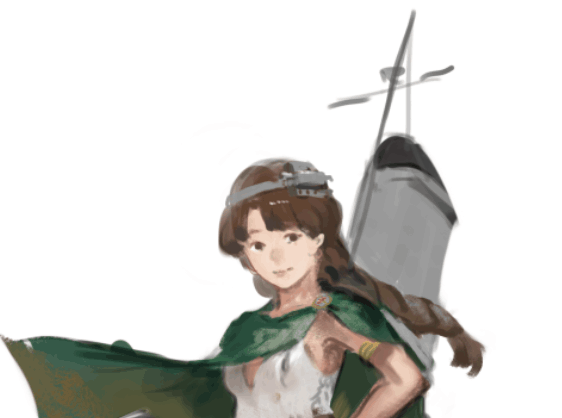

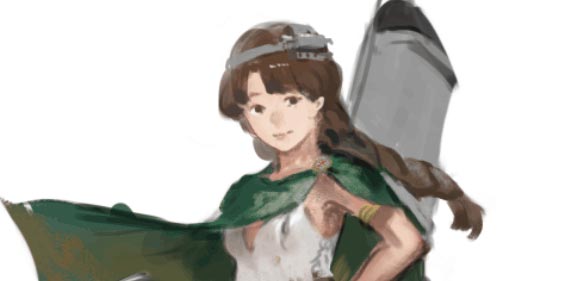
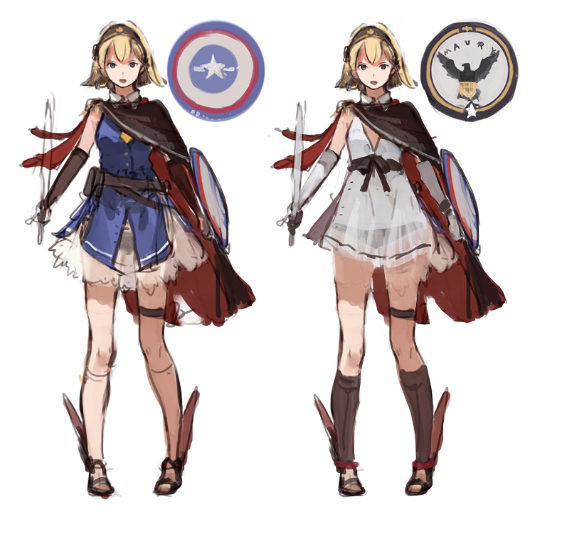
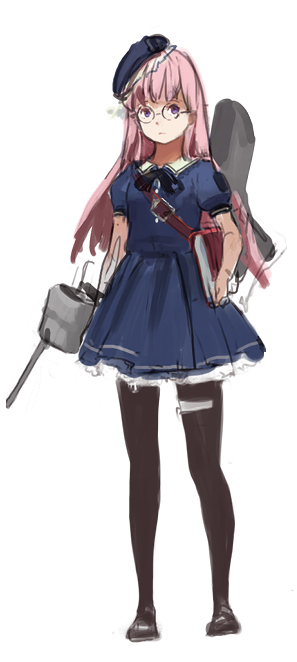
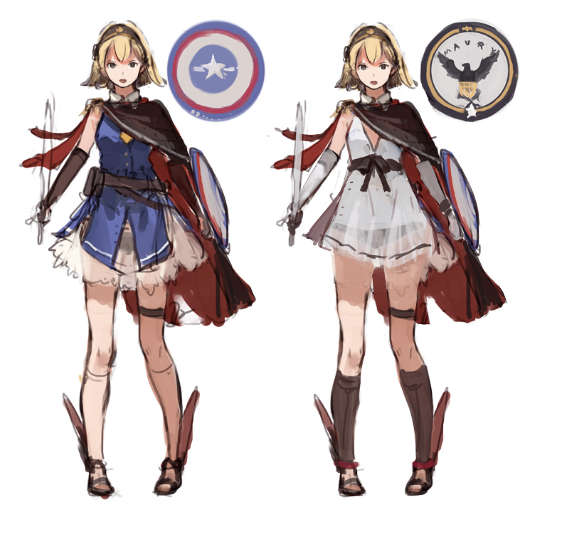
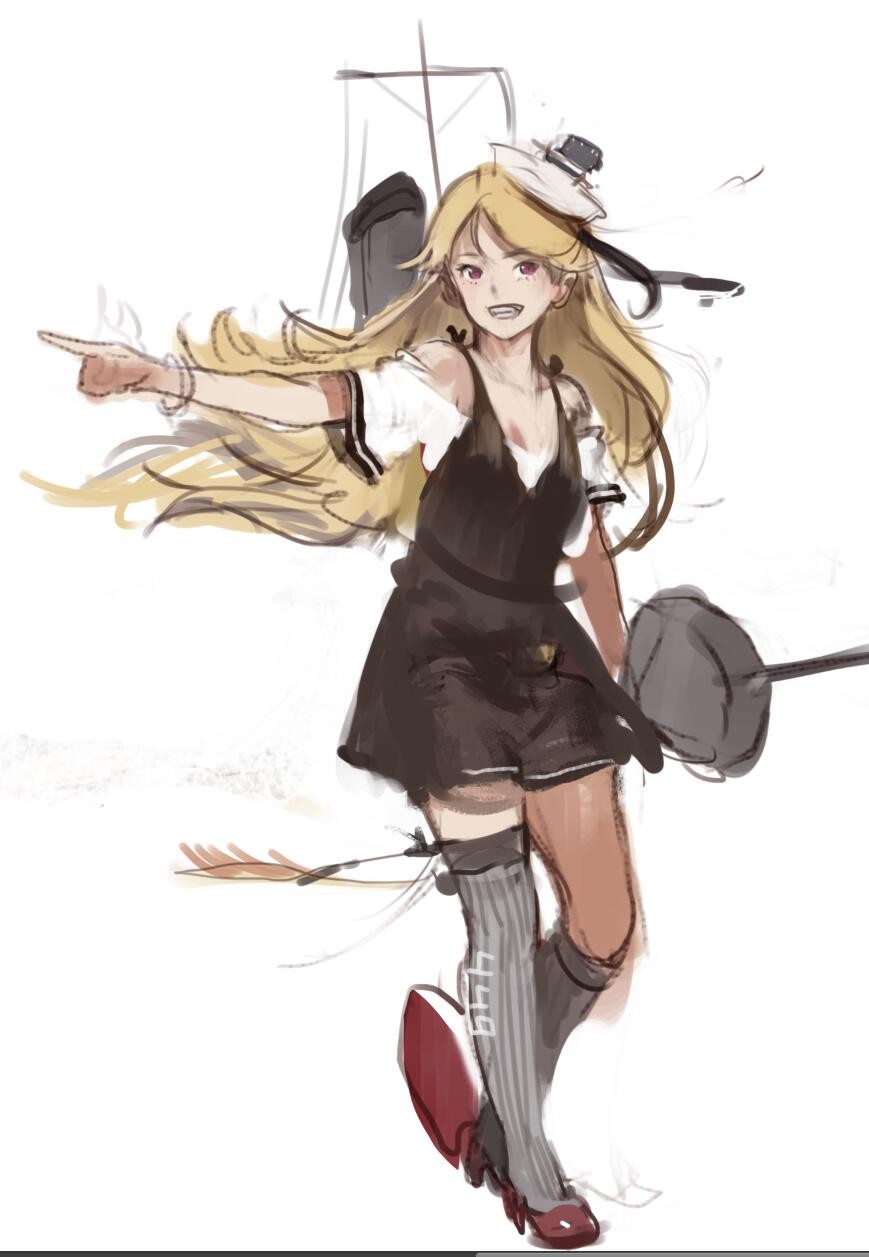
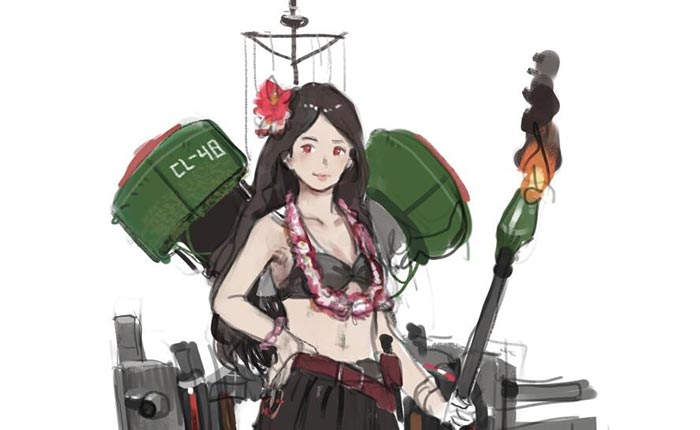
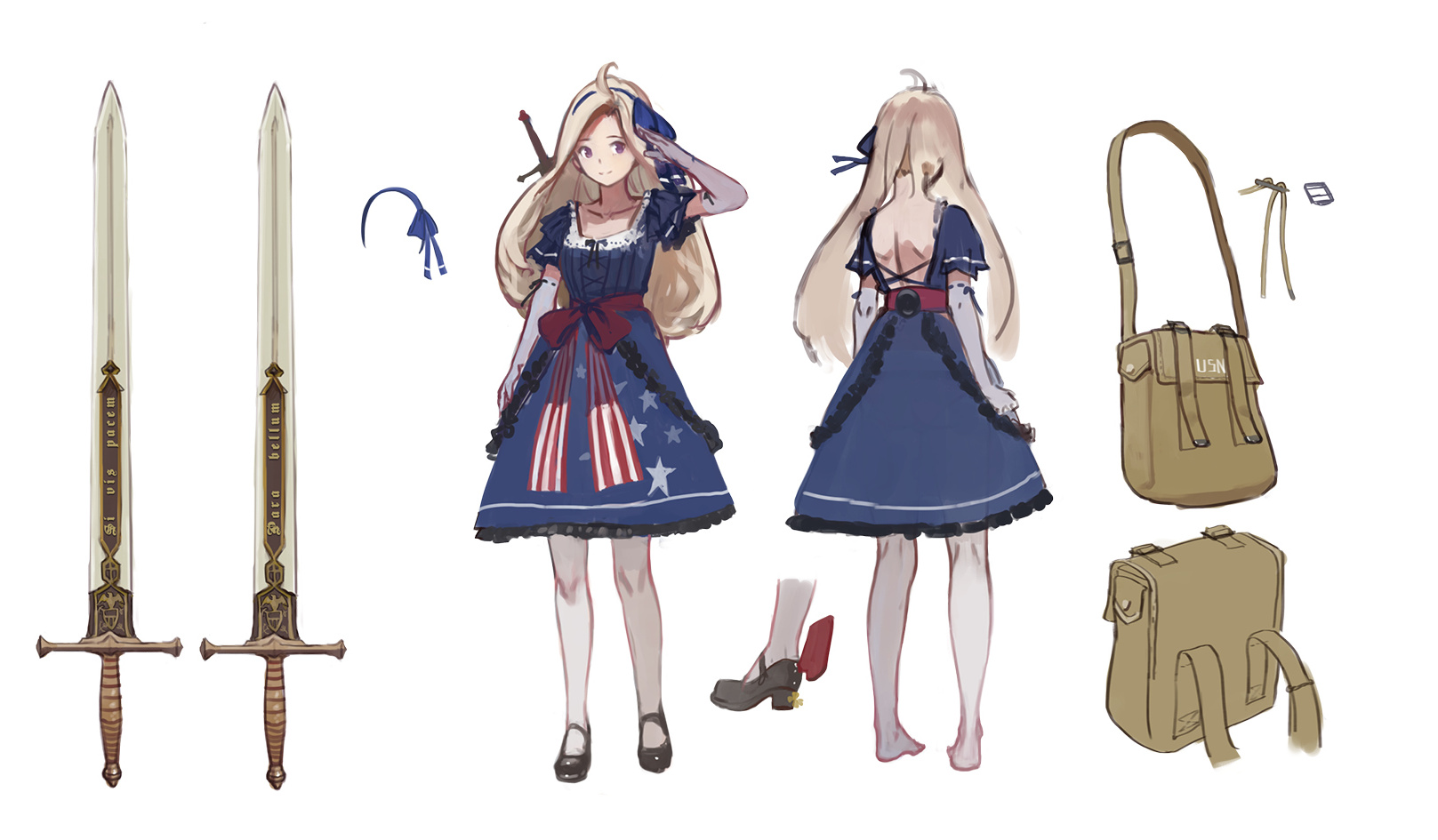
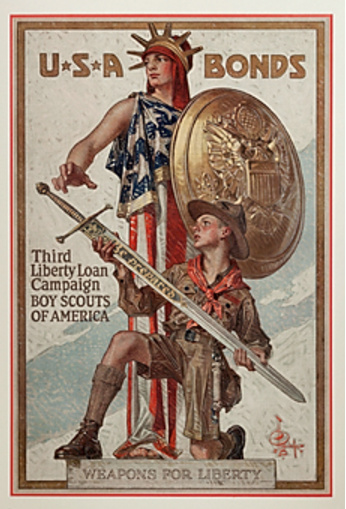
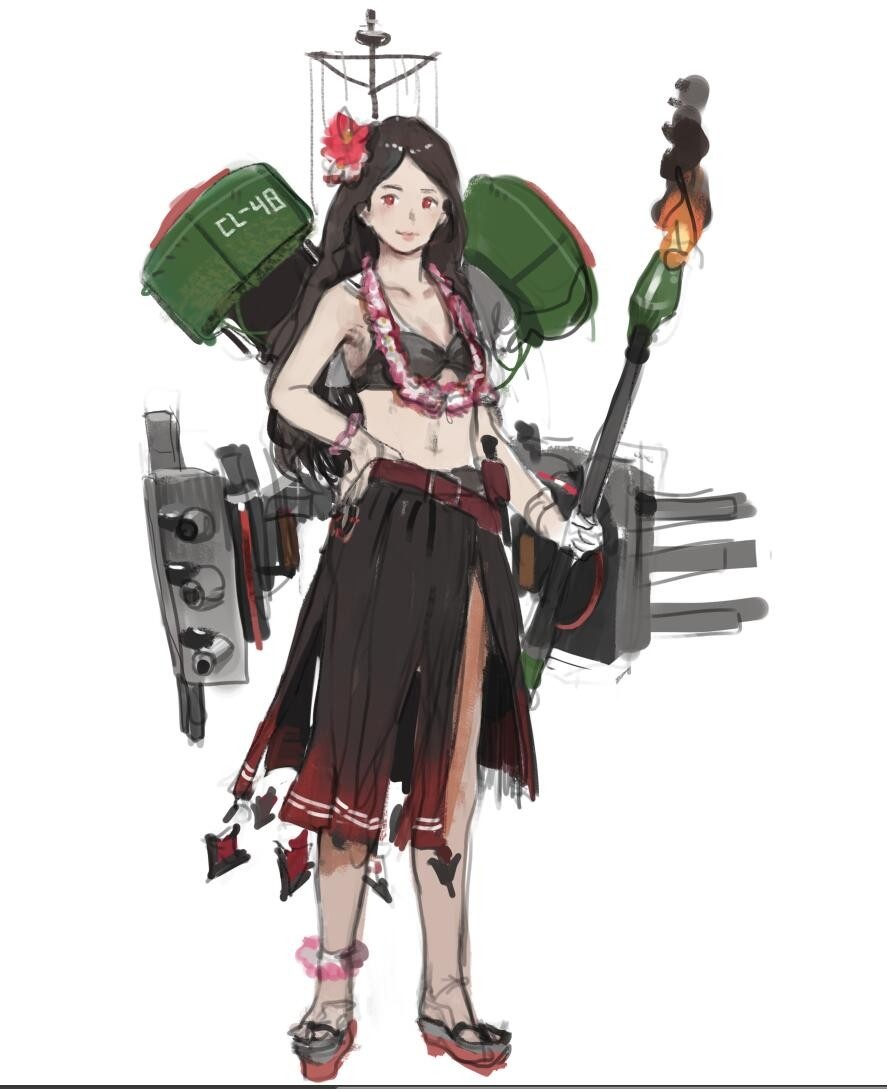
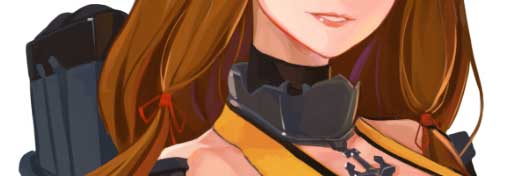
![[Mail Call] 2017/02/27 - Morgane's Fireside Chat #1](https://www.stec-hq.com/wp-content/uploads/2020/05/698b1f1fjw1fd67knzxe1j20sn0btn0q.jpg)
![[Mail Call] 2017/02/27 - Morgane's Fireside Chat #1](https://www.stec-hq.com/wp-content/uploads/2020/05/698b1f1fjw1fd67m5tygmj20o00cfq5m.jpg)